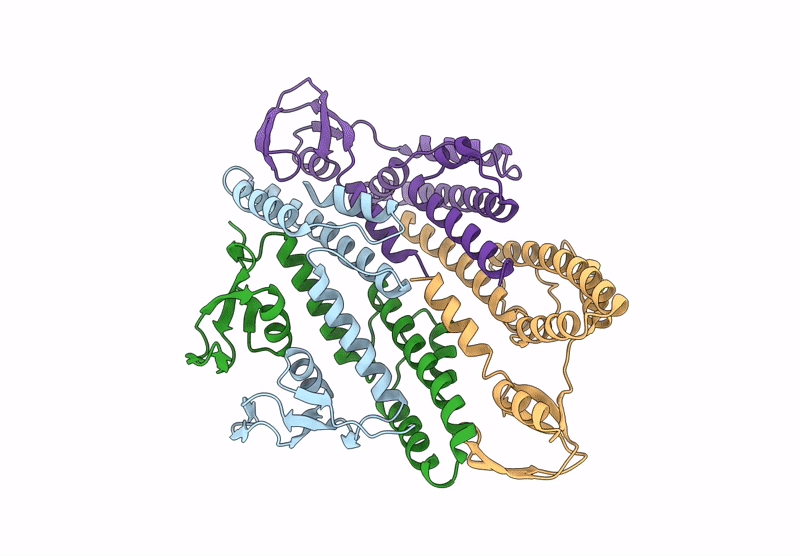
Deposition Date
2024-12-26
Release Date
2025-04-23
Last Version Date
2025-05-07
Entry Detail
Biological Source:
Source Organism:
Saccharolobus solfataricus P2 (Taxon ID: 273057)
Host Organism:
Method Details:
Experimental Method:
Resolution:
2.30 Å
R-Value Free:
0.24
R-Value Work:
0.21
R-Value Observed:
0.22
Space Group:
P 63


